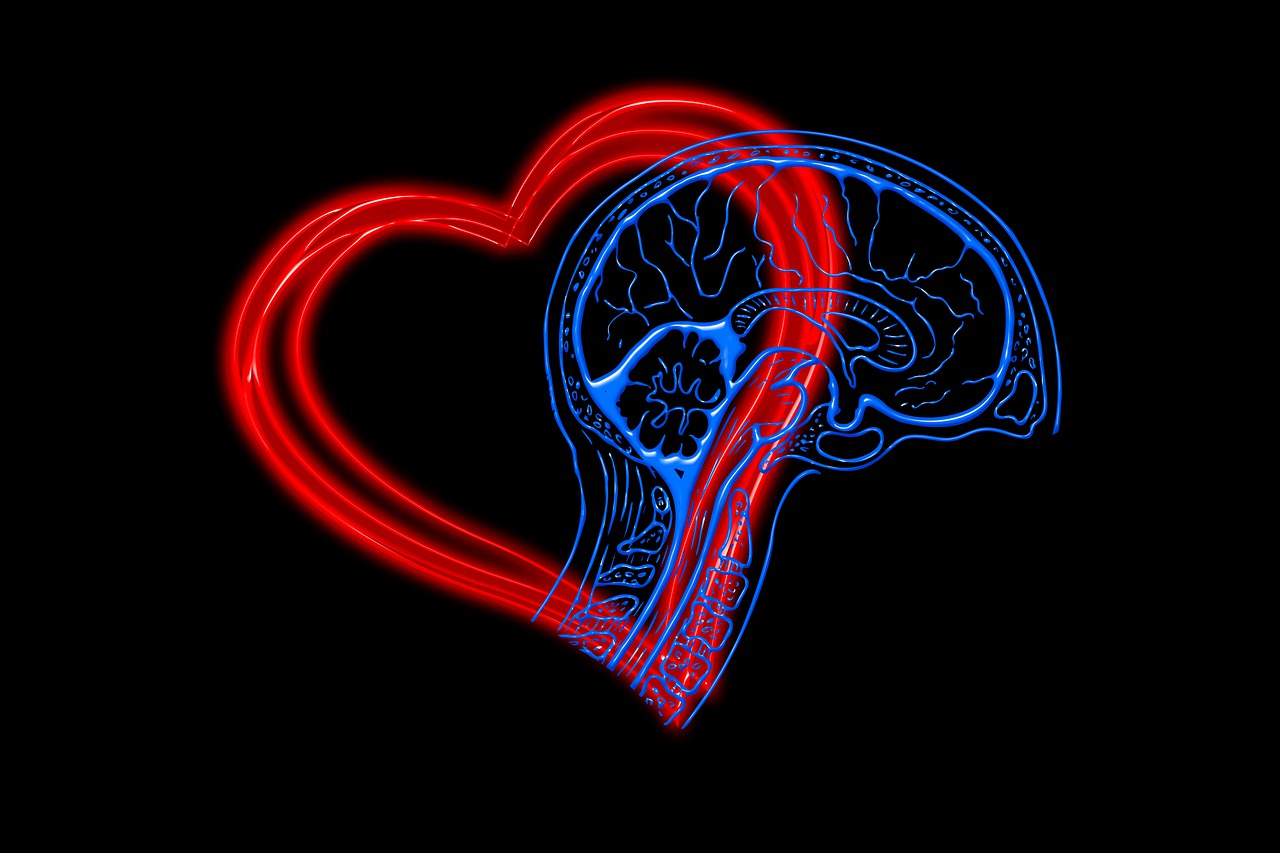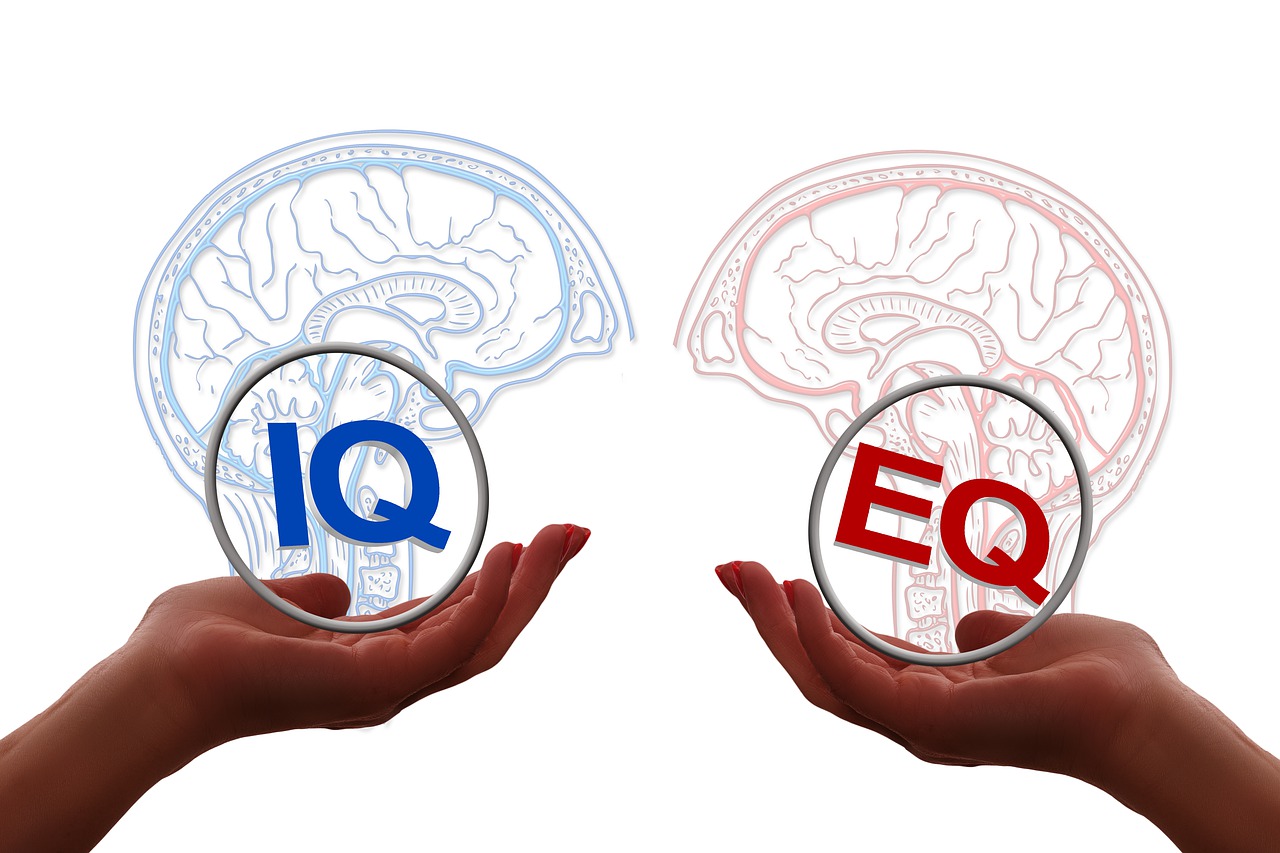Introduction: The Role of Emotional Intelligence
Amidst the ever-evolving professional landscape, one element remains consistent in defining success: Emotional Intelligence (EI). Leaders across industries, including tech, are recognizing the significance of EI not only for individual growth but for fostering a healthy, productive work environment.
Unpacking Emotional Intelligence
Emotional Intelligence, as first coined by psychologists Peter Salovey and John D. Mayer, and later popularized by Daniel Goleman, involves recognizing and understanding emotions in oneself and others, and using this awareness to manage behavior and relationships effectively.
The Core Components of Emotional Intelligence
Emotional Intelligence is composed of four interrelated components: self-awareness, self-management, social awareness, and relationship management.
Self-Awareness: The Foundation of Emotional Intelligence
Self-awareness involves understanding your own emotions, strengths, weaknesses, drives, and values. For instance, a manager who can recognize his frustration with a delayed project is better equipped to address the issue constructively.
Self-Management: Navigating Emotions Effectively
Self-management or self-regulation involves managing one’s emotions to facilitate rather than impede tasks at hand. It includes adaptability, initiative, and integrity.
Social Awareness: Understanding Others
Social awareness is about understanding the emotions of others and the dynamics within a group. An empathetic leader, for example, may notice a team member’s anxiety about a new project and provide reassurance or extra support.
Relationship Management: Leveraging Emotional Awareness
This involves using emotional awareness to manage relationships, lead teams, negotiate conflicts, and work collaboratively. A manager displaying excellent relationship management might resolve conflicts by acknowledging the feelings of all parties involved and suggesting a compromise.
Emotional Intelligence in Action
An understanding of EI allows for a more inclusive, understanding, and productive workplace. Let’s look at a practical example:
Suppose a team member fails to meet a project deadline. A manager with high EI might first acknowledge their frustration (self-awareness), then control their initial reaction to lash out (self-management). Recognizing the employee’s stress and reasons behind the delay would demonstrate social awareness. Finally, by discussing a plan to get the project back on track while supporting the employee’s needs, the manager exhibits effective relationship management.
Conclusion: The Power of Emotional Intelligence
Emotional Intelligence isn’t just a trendy buzzword—it’s a vital tool for today’s leaders. By cultivating EI, leaders can create supportive environments that encourage collaboration, innovation, and high performance.










